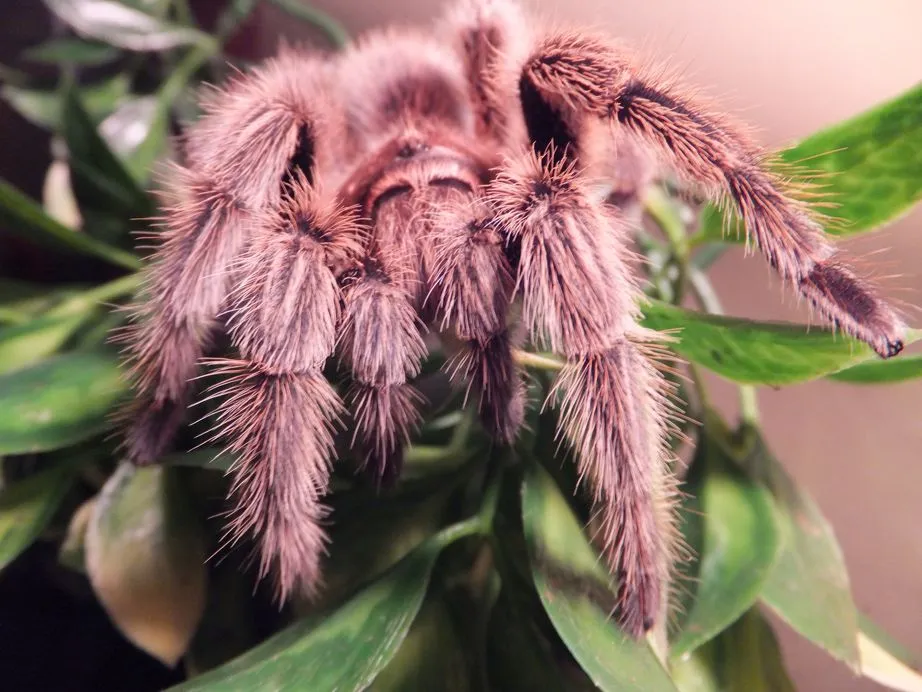Choosing Your Rose Hair Tarantula
Bringing a rose hair tarantula into your home can be a rewarding experience, offering a unique perspective on the world of invertebrates. These gentle giants are relatively easy to care for, making them a popular choice for beginner tarantula enthusiasts. However, choosing a healthy tarantula is the first and most crucial step in ensuring a long and fulfilling life for your new pet. It’s important to be well-informed about the species’ specific needs and characteristics before making a purchase to ensure you can provide the best possible care.
Selecting a Healthy Tarantula
When selecting your rose hair tarantula, thorough observation is key. Observe the tarantula’s behavior and physical condition closely. A healthy tarantula will exhibit certain characteristics that indicate its well-being. Avoid purchasing a tarantula that appears lethargic or unresponsive, as this could be a sign of illness or stress. Look for a tarantula that is alert and active, showing curiosity in its surroundings. Also, keep in mind that they have different personalities, so it is important to do your research before getting one.
Recognizing Signs of a Healthy Tarantula
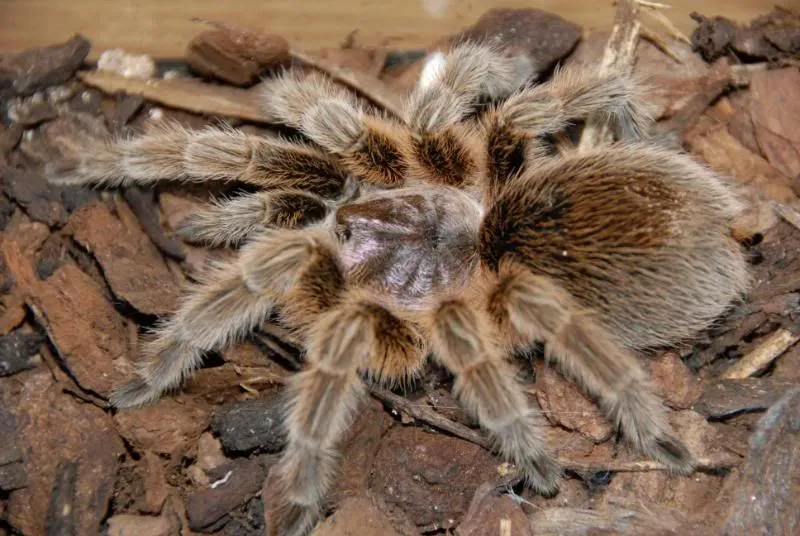
A healthy rose hair tarantula will have a plump abdomen, indicating that it is well-fed and hydrated. Examine the tarantula’s legs for any missing limbs or signs of injury. While minor injuries can heal, they can also indicate a potential health issue. The tarantula should also have a good appetite and readily accept food. A healthy tarantula will move with confidence and without any apparent difficulty. The fangs should be intact, and the chelicerae should move freely.
Avoiding Unhealthy Tarantulas
Avoid tarantulas with a shrunken abdomen, as this could indicate dehydration or starvation. Also, tarantulas with any visible signs of mites or parasites should be avoided. These pests can quickly infest the enclosure and cause distress to the tarantula. If the tarantula is sluggish or shows signs of tremors or uncoordinated movements, these could be signs of illness. Always purchase your tarantula from a reputable source that prioritizes the health and well-being of their animals. If possible, ask about the tarantula’s feeding and molting history. This will help you determine whether the animal is healthy and thriving.
Setting Up the Perfect Habitat
Creating the right environment is crucial for the health and happiness of your rose hair tarantula. A well-designed habitat will mimic its natural environment, providing the necessary conditions for it to thrive. Setting up the right habitat goes beyond simply placing the tarantula in an enclosure; it involves careful consideration of several factors, including the size and type of enclosure, substrate, decor, temperature, and humidity levels.
Choosing the Right Enclosure
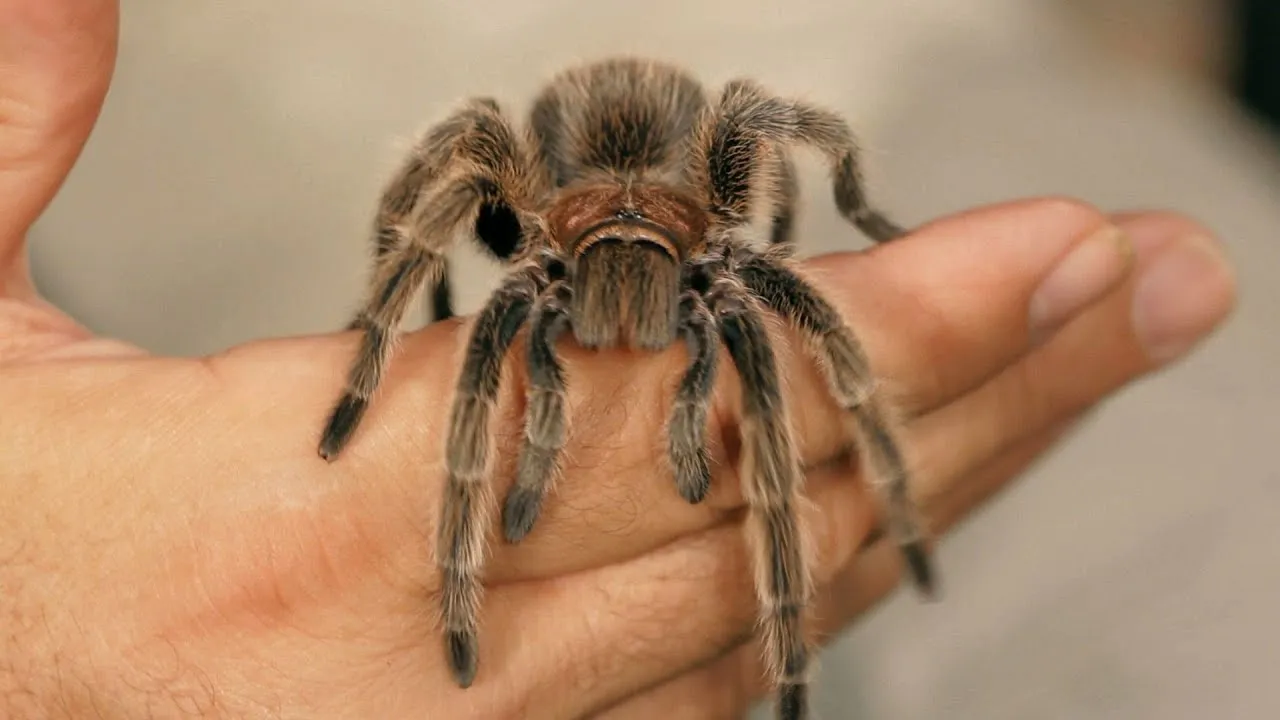
The enclosure should be at least three times the tarantula’s leg span in width and length, and tall enough to allow for burrowing. A secure lid is essential to prevent escape, as tarantulas are adept climbers. A glass or clear plastic enclosure allows for easy viewing and monitoring of your pet. Ensure the enclosure has adequate ventilation to prevent the buildup of moisture, which can lead to mold and other health problems. Also, make sure the enclosure is in a safe and stable location, away from direct sunlight and drafts.
Substrate and Decor for Your Tarantula
The substrate is the bedding material in the enclosure, and it plays a vital role in maintaining humidity and providing a suitable environment for burrowing. A mixture of coconut fiber and peat moss is a popular choice, as it holds moisture well and allows for easy burrowing. The substrate should be deep enough for the tarantula to burrow comfortably. Include décor items such as cork bark, branches, and artificial plants to create hiding places and enrich the environment. Make sure any décor items are safe and non-toxic.
Maintaining the Ideal Temperature and Humidity
Rose hair tarantulas thrive in a temperature range of 75 to 85 degrees Fahrenheit. You can maintain this temperature using a heat lamp or a heat mat placed on the side of the enclosure. It’s crucial to avoid placing the heat source directly under the enclosure. The ideal humidity level is 60-70%, which can be maintained by misting the enclosure with water a few times a week and ensuring that the substrate is slightly moist. Use a hygrometer to monitor humidity levels. Proper temperature and humidity are essential for your tarantula’s overall health, molting process and preventing dehydration.
Feeding Your Rose Hair Tarantula

Feeding your rose hair tarantula correctly is fundamental to its well-being. These tarantulas are opportunistic predators, and their diet should consist of live insects. Understanding the type, frequency, and portion size of the food you provide is critical for ensuring your pet remains healthy and active.
What to Feed a Rose Hair Tarantula
The primary food source for your rose hair tarantula should be live insects. Crickets, mealworms, and dubia roaches are common and readily available options. The insects you feed should be appropriately sized for your tarantula; the prey should be no larger than the tarantula’s body size. It’s important to “gut-load” the insects before feeding them to your tarantula. This involves feeding the insects a nutritious diet to provide your tarantula with the best possible nutrients. Offer a variety of insects to ensure a balanced diet.
Feeding Frequency and Portion Size
The feeding frequency depends on the tarantula’s age and size. Spiderlings, or young tarantulas, should be fed more frequently, usually every other day. Adult tarantulas can be fed once or twice a week. Adjust the feeding schedule based on your tarantula’s appetite and activity level. Observe the tarantula’s behavior to determine if it needs more or less food. If the tarantula consistently refuses food, this may be a sign that it is about to molt. Remove any uneaten prey after 24 hours to prevent stress to the tarantula.
Handling Your Rose Hair Tarantula
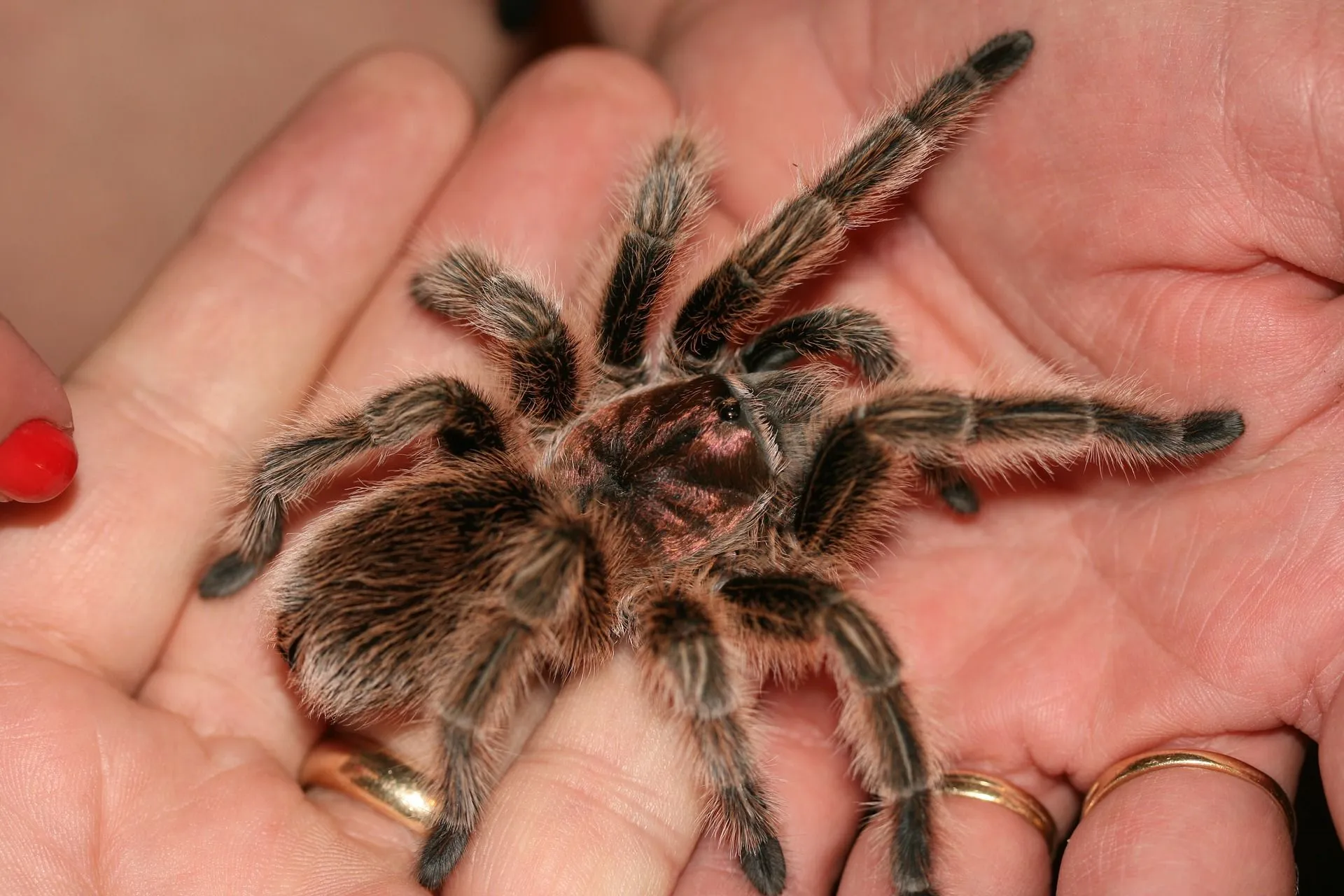
While rose hair tarantulas are generally docile, handling them should be approached with caution and respect. It’s important to understand the risks involved and to handle them responsibly to ensure both your safety and the tarantula’s well-being. Handling, when done correctly, can be a unique experience, allowing you to interact with your pet. However, it is not always necessary, and many tarantula keepers choose not to handle their pets at all.
When to Handle Your Tarantula
Handling should be done sparingly and only when necessary. Avoid handling your tarantula immediately after feeding or before a molt. These are times when they are particularly vulnerable or stressed. If you need to handle your tarantula to inspect its enclosure or for a health check, do so carefully. Avoid handling if the tarantula is showing signs of stress, such as erratic movements or defensive postures.
Proper Handling Techniques
When handling your rose hair tarantula, do so close to the ground or over a soft surface to minimize the risk of injury if the tarantula falls. Gently encourage the tarantula to walk onto your hand by using a soft brush or gently nudging its legs. Avoid any sudden movements. The tarantula might feel threatened. Always wash your hands before and after handling your tarantula, and do not wear scented lotions or perfumes, as the tarantula’s sensitive sensory organs might be overwhelmed.
Common Health Issues and Care
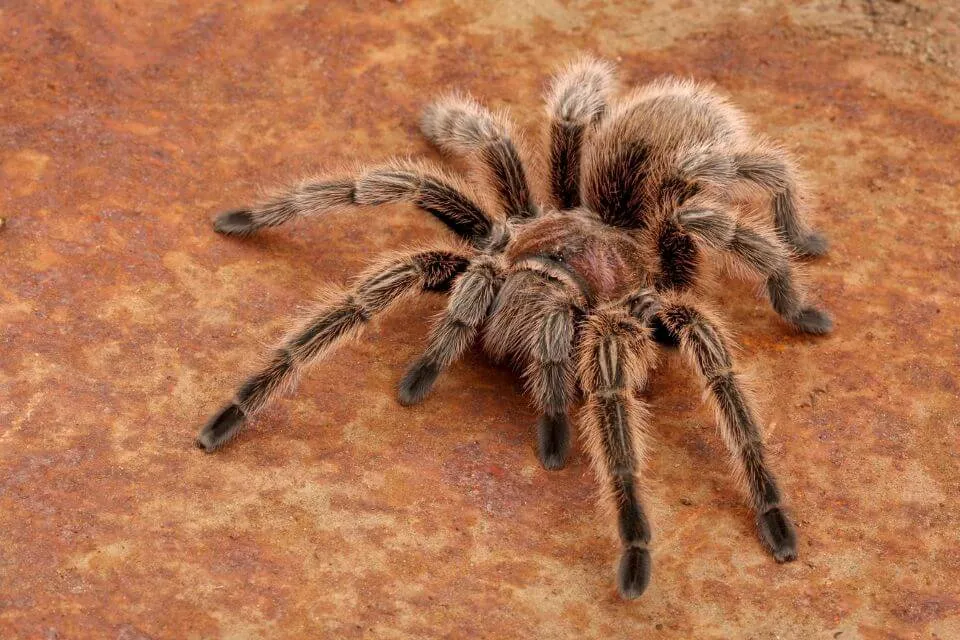
Even with the best care, your rose hair tarantula may encounter health problems. Recognizing these issues early and knowing how to address them is essential for maintaining your pet’s health and well-being. Regular observation of your tarantula’s behavior and physical condition can help you identify potential problems before they become severe.
Identifying Common Health Problems
Some common health problems include mites, parasites, and fungal infections. Mites are tiny parasites that can infest the tarantula and its enclosure, causing irritation and potentially transmitting diseases. Parasites are internal or external organisms that can cause various health problems. Fungal infections can develop in humid environments. Other signs of illness include lethargy, loss of appetite, or unusual behaviors. Regularly inspect your tarantula and its enclosure for signs of these health issues.
Providing Veterinary Care
If you suspect your rose hair tarantula has a health problem, seek the advice of a veterinarian experienced in exotic pets. A vet can properly diagnose the problem and recommend appropriate treatment. Always take your tarantula in a secure container to prevent escape and protect it from further injury. It’s important to choose a vet who is knowledgeable about tarantulas and can provide appropriate care. Some health problems may require antibiotics or other medications that a vet can prescribe.
Enjoying Your Rose Hair Tarantula
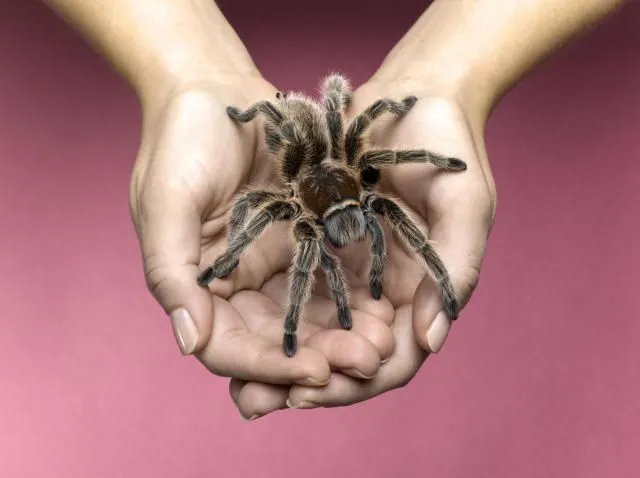
Caring for a rose hair tarantula can be a rewarding experience. These fascinating creatures offer a unique opportunity to observe nature in your home. By following these care tips, you can create a healthy and enriching environment for your tarantula, allowing you to enjoy its presence for many years to come. Remember that each tarantula is unique and may have its own personality. Observe your pet closely, learn to understand its behaviors, and enjoy the satisfaction of providing a good home for such an incredible animal.
